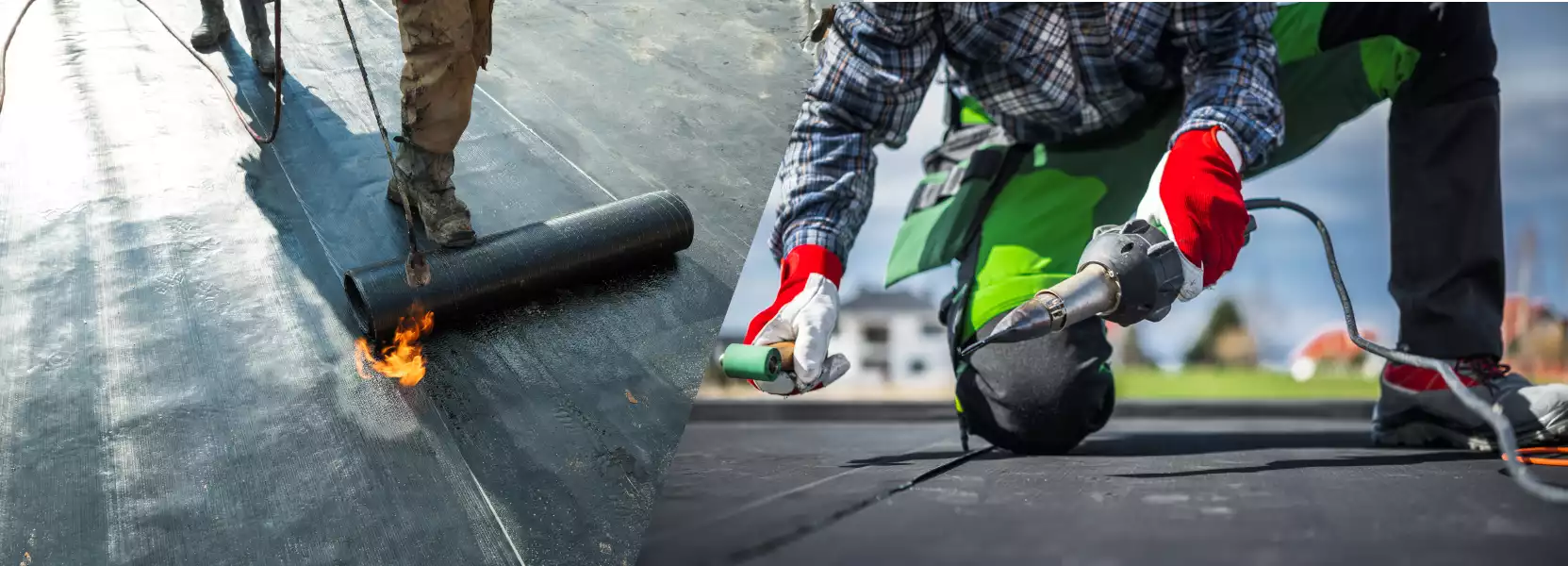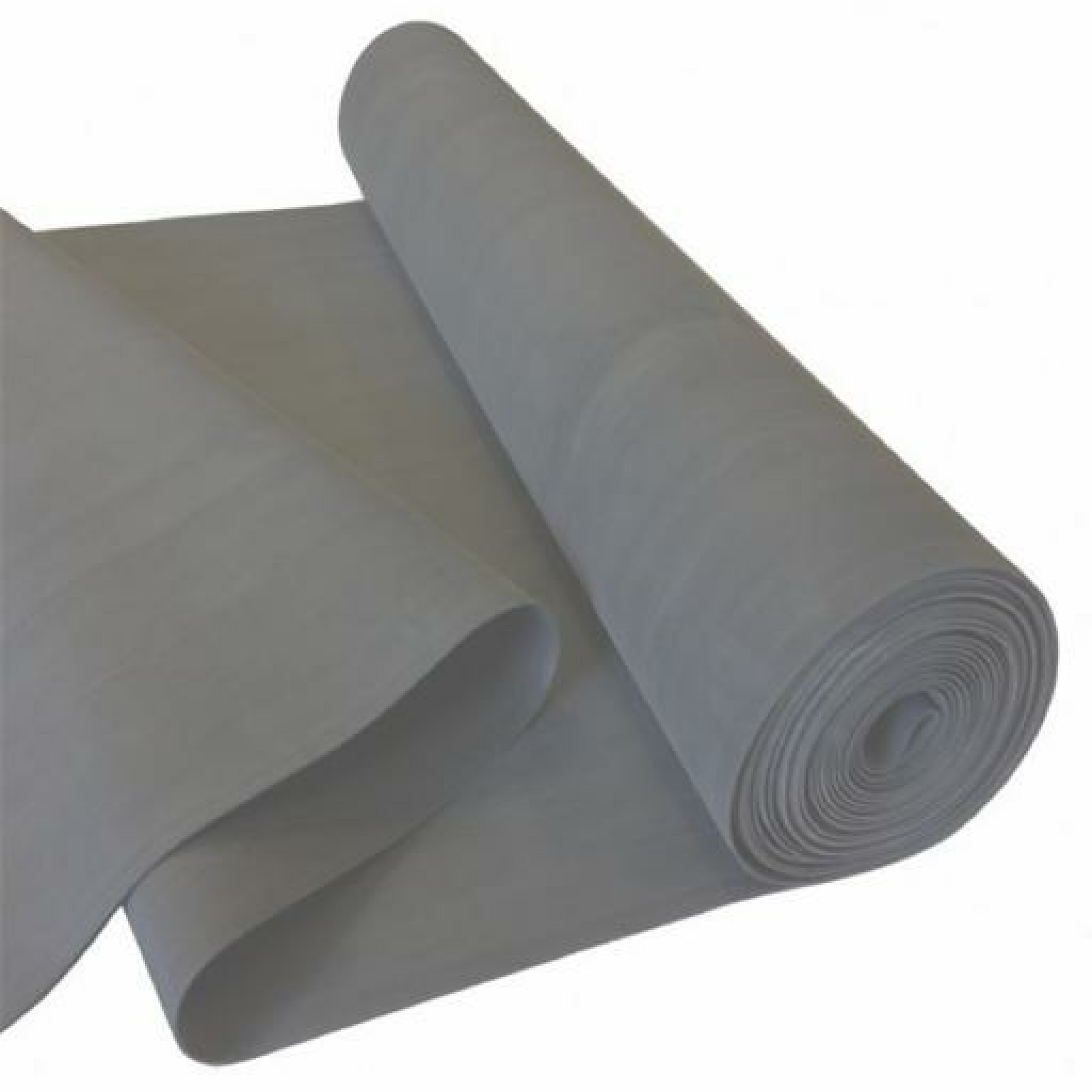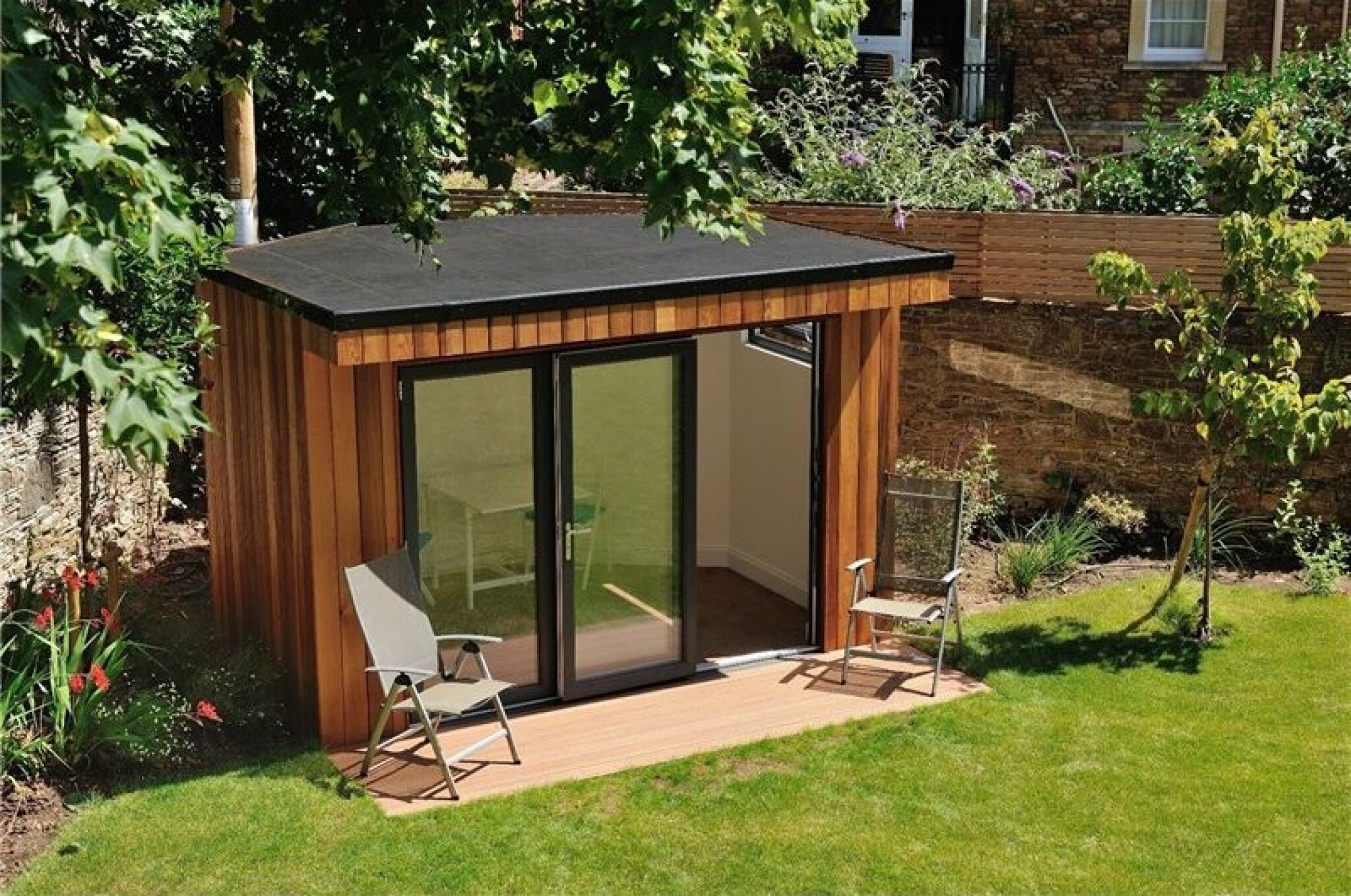- MENU
-
FLAT ROOFING
-
EPDM Rubber Roofing
- ClassicBond
- RESITRIX
- SkyGuard
- Rubber Roofing Kits
- Rubber Gutter Kits
- Shed Roofing Kits
- Lead Alternative
- Trims
- Tools
- Heat Guns
Torch On Felt Roofing
Vapour Barriers
GRP Roofing
- GRP 1010
- GRP Roof Kits
- Flexitec 2020
- PROGRP
- Outlets
- Trims
- Tools
Liquid Roofing
- ARBOFLEX PU
- Crylic Roof Repair
- Trims
- Tools
All Flat Roofing Kits
-
-
PITCHED ROOFING
-
GREEN ROOFING
-
INSULATION
-
Insulation Boards
- Celotex
- Multipurpose PIR Boards
- Kingspan TP10
- Kingspan Kooltherm
Flat Roof Insulation Boards
- Rockwool Hardrock
- Tissue Faced Insulation Boards
- Foil Faced Insulation Boards
Tapered Insulation Boards
Insulated Plaster Boards
Acoustic Roll Insulation
-
-
FIXINGS
- CONTACT
Tablet
MENU
- FLAT ROOFING
- EPDM Rubber Roofing
- GRP Roofing
- Liquid Roofing
- Torch on Felt Roofing
- Flat Roofing Kits
- Vapour Barriers
- Warm Flat Roof Construction Guide
- Flat Roof Insulation Boards
- Tapered Insulation Boards
- Insulation Accessories
- Roof Lights & Lanterns
- Outdoor Flooring
- Green Roofing
- Artificial Slates
- Lead Alternative
- Insulation Boards
- Multifoil & Foil Insulation
- Green Roof Kits
- Sedum / Wildflower Trays
- Substrate
- Drainage Boards
- Edging & Trims
- Insulation Boards
- Flat Roof Insulation Boards
- Tapered Insulation Boards
- Insulated Plasterboards
- Acoustic Roll Insulation Products
- Wool Insulation
- Multifoil & Foil Insulation
- Insulation Accessories
- Shop By Brand
- Roofing & Cladding
- Facade & Rainscreen Fasteners
- Flat Roofing Fasteners
- Concrete Screws
- Accessories
- ClassicBond
- RESITRIX
- SkyGuard
- Rubber Roofing Kits
- Rubber Gutter Kits
- Shed Roofing Kits
- Lead Alternative
- EPDM Accessories Trims
- Tools
- Heat Guns
- GRP Roof Kits
- GRP 1010
- Flexitec 2020
- PROGRP
- GRP Outlets
- GRP Trims
- Tools
- ARBOFLEX PU
- Crylic Roof Repair
- Trims
- Tools
- Rockwool Hardrock
- Tissue Faced Insulation Boards
- Foil Faced Insulation Boards
- Adhesives
- Warm Deck Fixings & Screws
- Vapour Barriers
- Rubber Roofing Tiles
- Promenade Tiles & Paving Slabs
- Porcelain Tiles
- Tile Pedestals & Supports
- Composite Decking & Fencing Boards
- Green Roof Kits
- Sedum / Wildflower Trays
- Substrate
- Drainage Boards
- Edging & Trims
- Celotex
- Multipurpose PIR Boards
- Kingspan TP10
- Kingspan Kooltherm
- ACTIS
- SuperFOIL
- YBS
- Celotex
- Multipurpose PIR Boards
- Kingspan TP10
- Kingspan Kooltherm
- Rockwool Hardrock
- Tissue Faced Insulation Boards
- Foil Faced Insulation Boards
- Glass
- Mineral
- ACTIS
- SuperFOIL
- YBS
- Warm Deck Fixings & Screws
- Adhesives
- Vapour Barriers
- Shop By Brand
- ACTIS Insulation
- Celotex Insulation
- EcoTherm Insulation
- Isover Insulation
- Kingspan Insulation
- Recticel Insulation
- Rockwool Insulation
- Self Drilling Fasteners
- Colorfast
- Opticore
- Self Tapping Screws
- Storm Washers
- Rivets
- Facade Anchors
- Insulation Support Anchors & Washers
- Warm Deck Fixings and Screws
- Flat Roof Fasteners, Stress Plates & Washers
Mobile
MENU
- FLAT ROOFING
- EPDM Rubber Roofing
- GRP Roofing
- Liquid Roofing
- Torch on Felt Roofing
- Flat Roofing Kits
- Vapour Barriers
- Warm Flat Roof Construction Guide
- Flat Roof Insulation Boards
- Tapered Insulation Boards
- Insulation Accessories
- Roof Lights & Lanterns
- Outdoor Flooring
- Green Roofing
- Artificial Slates
- Lead Alternative
- Insulation Boards
- Multifoil & Foil Insulation
- Green Roof Kits
- Sedum / Wildflower Trays
- Substrate
- Drainage Boards
- Edging & Trims
- Insulation Boards
- Flat Roof Insulation Boards
- Tapered Insulation Boards
- Insulated Plasterboards
- Acoustic Roll Insulation Products
- Wool Insulation
- Multifoil & Foil Insulation
- Insulation Accessories
- Shop By Brand
- Roofing & Cladding
- Facade & Rainscreen Fasteners
- Flat Roofing Fasteners
- Concrete Screws
- Accessories
- ClassicBond
- RESITRIX
- SkyGuard
- Rubber Roofing Kits
- Rubber Gutter Kits
- Shed Roofing Kits
- Lead Alternative
- EPDM Accessories Trims
- Tools
- Heat Guns
- GRP Roof Kits
- GRP 1010
- Flexitec 2020
- PROGRP
- GRP Outlets
- GRP Trims
- Tools
- ARBOFLEX PU
- Crylic Roof Repair
- Trims
- Tools
- Rockwool Hardrock
- Tissue Faced Insulation Boards
- Foil Faced Insulation Boards
- Adhesives
- Warm Deck Fixings & Screws
- Vapour Barriers
- Rubber Roofing Tiles
- Promenade Tiles & Paving Slabs
- Porcelain Tiles
- Tile Pedestals & Supports
- Composite Decking & Fencing Boards
- Green Roof Kits
- Sedum / Wildflower Trays
- Substrate
- Drainage Boards
- Edging & Trims
- Celotex
- Multipurpose PIR Boards
- Kingspan TP10
- Kingspan Kooltherm
- ACTIS
- SuperFOIL
- YBS
- Celotex
- Multipurpose PIR Boards
- Kingspan TP10
- Kingspan Kooltherm
- Rockwool Hardrock
- Tissue Faced Insulation Boards
- Foil Faced Insulation Boards
- Glass
- Mineral
- ACTIS
- SuperFOIL
- YBS
- Warm Deck Fixings & Screws
- Adhesives
- Vapour Barriers
- Shop By Brand
- ACTIS Insulation
- Celotex Insulation
- EcoTherm Insulation
- Isover Insulation
- Kingspan Insulation
- Recticel Insulation
- Rockwool Insulation
- Self Drilling Fasteners
- Colorfast
- Opticore
- Self Tapping Screws
- Storm Washers
- Rivets
- Facade Anchors
- Insulation Support Anchors & Washers
- Warm Deck Fixings and Screws
- Flat Roof Fasteners, Stress Plates & Washers
- MENU
-
FLAT ROOFING
-
EPDM Rubber Roofing
- ClassicBond
- RESITRIX
- SkyGuard
- Rubber Roofing Kits
- Rubber Gutter Kits
- Shed Roofing Kits
- Lead Alternative
- Trims
- Tools
- Heat Guns
Torch On Felt Roofing
Vapour Barriers
GRP Roofing
- GRP 1010
- GRP Roof Kits
- Flexitec 2020
- PROGRP
- Outlets
- Trims
- Tools
Liquid Roofing
- ARBOFLEX PU
- Crylic Roof Repair
- Trims
- Tools
All Flat Roofing Kits
-
-
PITCHED ROOFING
-
GREEN ROOFING
-
INSULATION
-
Insulation Boards
- Celotex
- Multipurpose PIR Boards
- Kingspan TP10
- Kingspan Kooltherm
Flat Roof Insulation Boards
- Rockwool Hardrock
- Tissue Faced Insulation Boards
- Foil Faced Insulation Boards
Tapered Insulation Boards
Insulated Plaster Boards
Acoustic Roll Insulation
-
-
FIXINGS
- CONTACT
Industry Experts
50 Years Experience
Finance Available
Spread the Cost






